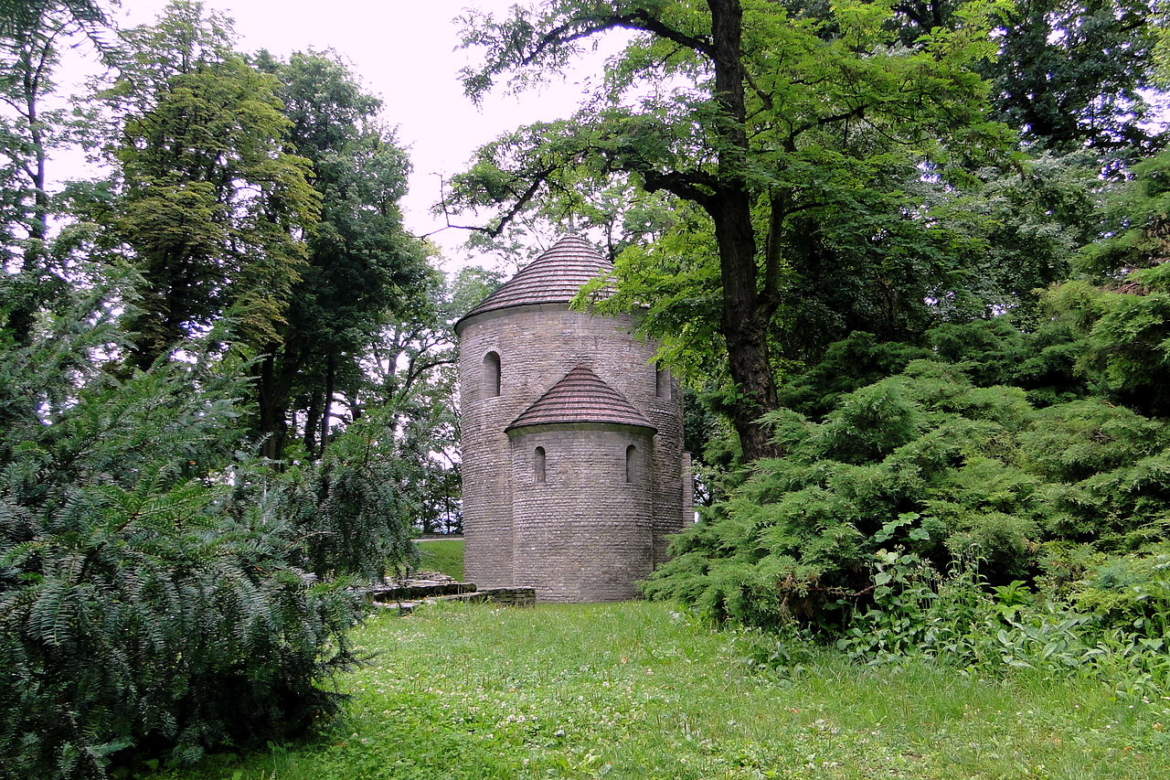Cieszyn is a small city located in the southern part of Poland, in the Silesian Voivodeship. It is situated on the border with the Czech Republic and is often referred to as a „Twin City” with its Czech counterpart, Český Těšín, which is located on the other side of the Olza River.
Cieszyn has a long and rich history, dating back to the 10th century, when it was founded as a small settlement. Throughout the centuries, it was part of various states and territories, including the Kingdom of Poland, the Czech Republic, the Austrian Empire, and the Second Polish Republic.
Today, Cieszyn is a charming and picturesque city with a population of around 35,000 people. It is known for its beautiful architecture, which reflects the city’s rich history and cultural heritage. The city has many museums, galleries, and cultural institutions, including the Cieszyn Museum, which showcases the history and culture of the region.
Cieszyn is also a popular tourist destination, particularly among those interested in outdoor activities and nature, as it is located near the Beskid Mountains and has many hiking and cycling trails in the surrounding area. The city also hosts many cultural and sporting events throughout the year, including the Cieszyn Summer Jazz Festival and the Cieszyn Silesia Marathon.
Cieszyn is well-connected with other parts of Poland and Europe, with good road and rail links, as well as an international airport located nearby in Ostrava, Czech Republic.
Museum of Cieszyn Silesia
Museum presenting the history and culture of Cieszyn Silesia. The museum’s collection includes valuable exhibits, such as antique furniture, folk costumes, artistic handicrafts and numerous documents and photos.

Photo taken from kamratowo.pl
Castle Park
Castle Hill in Cieszyn was rebuilt after the fortified settlement on it was destroyed during the Thirty Years’ War. Not much information has been preserved about the development of the land, but in 1837 Charles Habsburg ordered the construction of a classicist-style castle, which was the summer residence of the Habsburgs, and a park designed by Józef Kornhausel, in which eight natural monuments grow.

Photo taken from browarcieszyn.pl
„Cieszyn Venice”
„Cieszyńska Wenecja” is a popular place in Cieszyn, and its main attraction is the Młynówka – an artificial canal, which was created in the 16th century, serving, among others, water and water. to drive the mills. Water from Młynówka was also used in a hydroelectric power plant, and currently the canal is primarily a landscape value and a tourist attraction. Along Młynówka there are many preserved buildings from the 18th and 19th centuries and numerous dining establishments.

Photo taken from slaskie.travel
The Well of the Three Brothers
a municipal well in Cieszyn, probably existing since the Middle Ages. Currently, it is secured with a cast-iron, neo-Gothic gazebo from 1868, which is to commemorate the legendary meeting of three brothers – the founders of Cieszyn, at the well. One of the symbols of the city of Cieszyn.
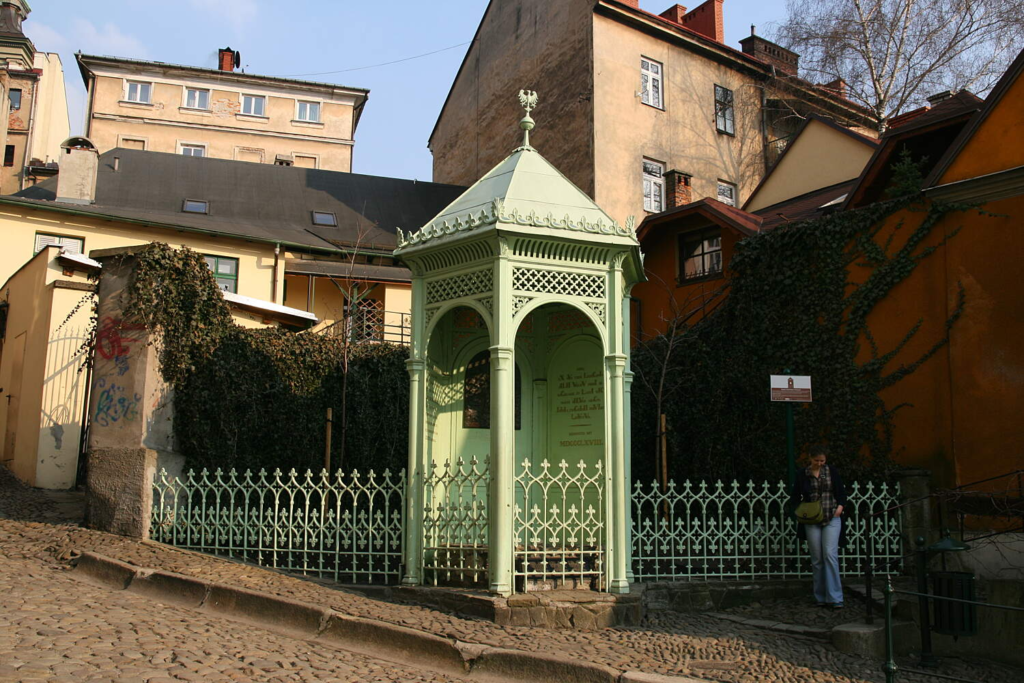
Photo taken from tropter.com
Cieszyn Castle Brewery
Was founded in 1846. The brewery is famous for the production of beer according to traditional recipes and for its museum, where you can see the original equipment and production machines from the times of the brewery’s founding.

Photo taken from browarcieszyn.pl
Printing Museum
a museum established in 1996 to commemorate printing traditions in Cieszyn Silesia. Its collection includes a typographic machine with a set of fonts, chemigraphic and woodcut matrices, pressure presses and bookbinding devices.

Photo taken from zabytkitechniki.pl
Rotunda of St. Nicholas in Cieszyn
The Rotunda in Cieszyn is a Romanesque church from the 11th or 12th century, the only such building in Poland that has been preserved along with the vault of the nave. It is a single-apse rotunda built of limestone, with a dome covered with rows of ring-shaped flat stones. Inside the rotunda there is a semicircular apse with a diameter of 140 cm and a reconstructed western gallery supported by columns and half-columns.
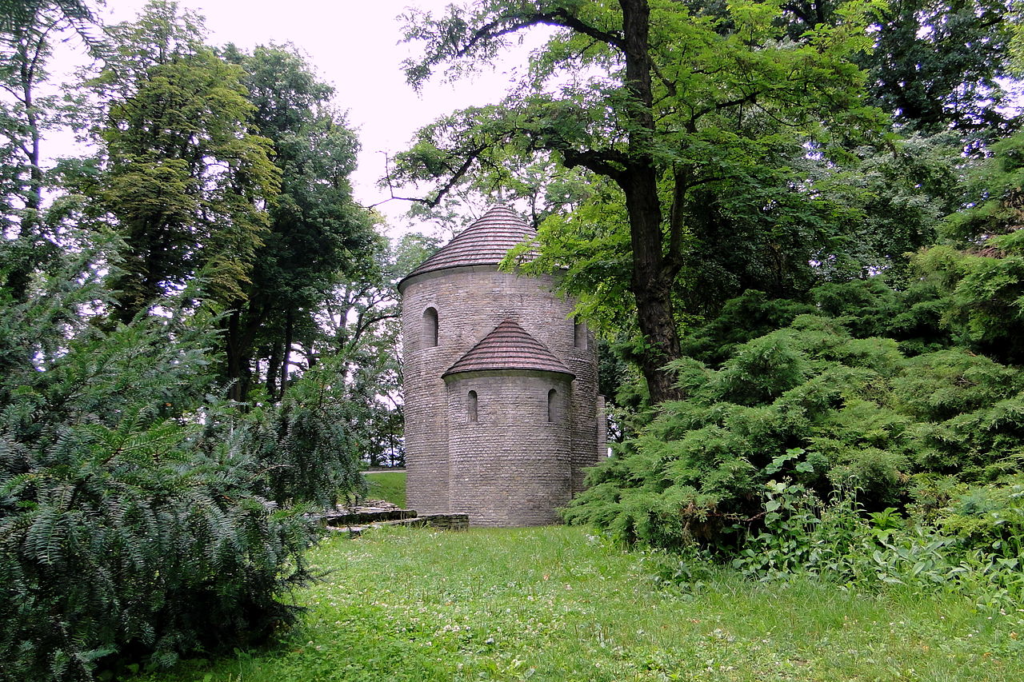
Photo taken from wikipedia.org
Piast Tower
The Piast Tower in Cieszyn is a defensive tower of the castle of the Dukes of Cieszyn, which is the only one of the four old towers preserved to this day. It is open to the public for a fee and offers a wonderful view of the city and the panorama of the Silesian Beskids and the Silesian-Moravian Beskids. Persons with a special ID card issued by the Cieszyn Castle can stay at the Piast Tower free of charge once a year.
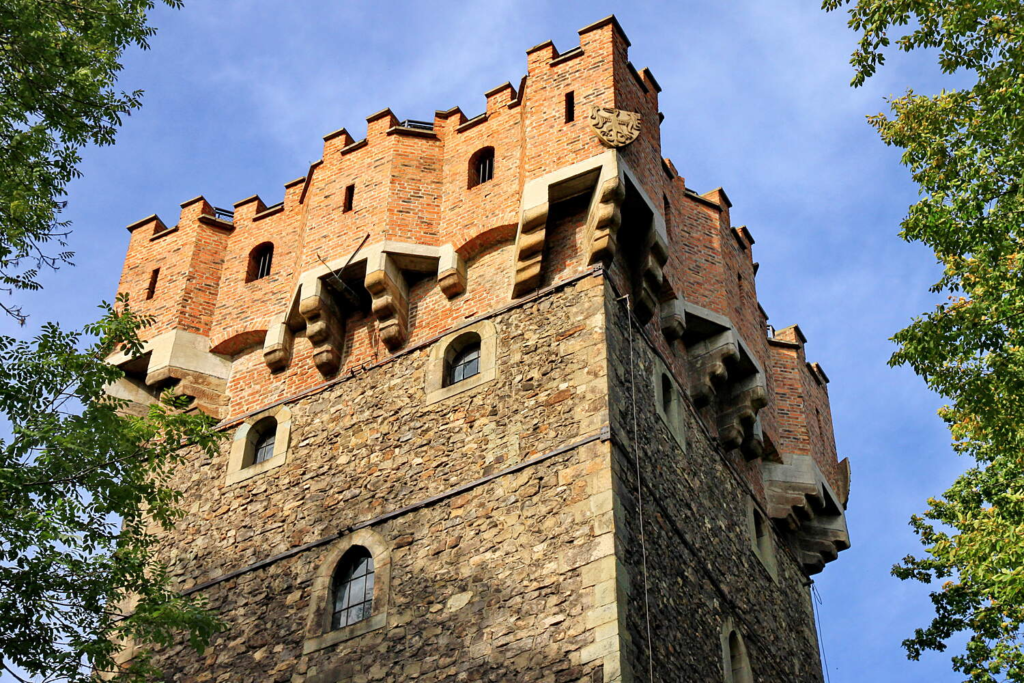
Photo taken from tropter.com
Theatre. Adam Mickiewicz
Impressive cultural activities take place in the theatre, including performances by dramatic and musical theatres, as well as opera, ballet and cabaret ensembles. Various presentations, symposiums, youth meetings, theater and film make-up shows, and theater workshops with the master are also organized.

Photo taken from teatr.cieszyn.pl
Church of St. Cross in Cieszyn
On the site of today’s church of St. Krzyża in Cieszyn, there was originally a chapel, which in 1707 was transformed into a church of the same name. In 1782, the church was expanded, adding a vault and a tower. After the dissolution of the Jesuit order, the church served as a gymnasium church, and now it is leased to the Franciscan order and serves as a retreat church.
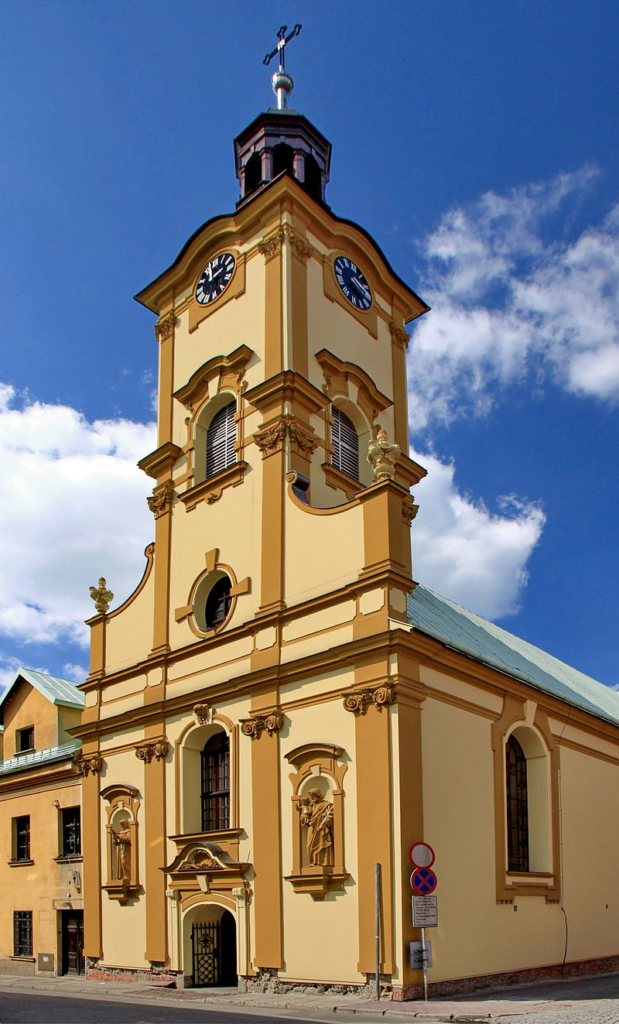
Photo taken from commons.wikimedia.org
